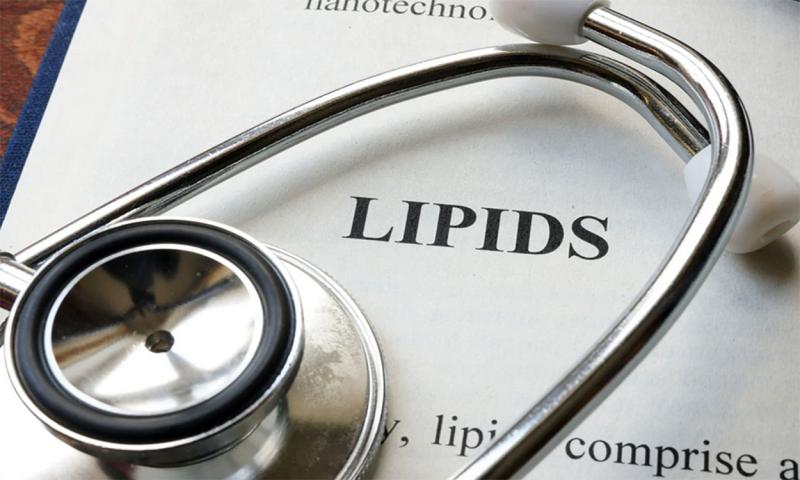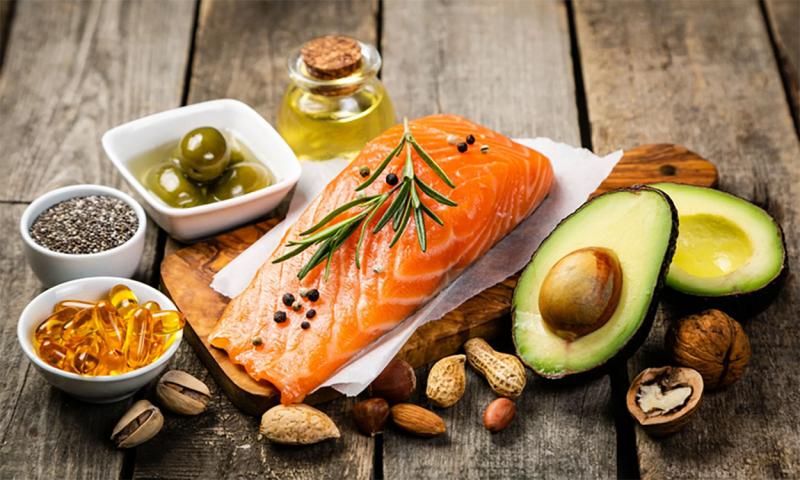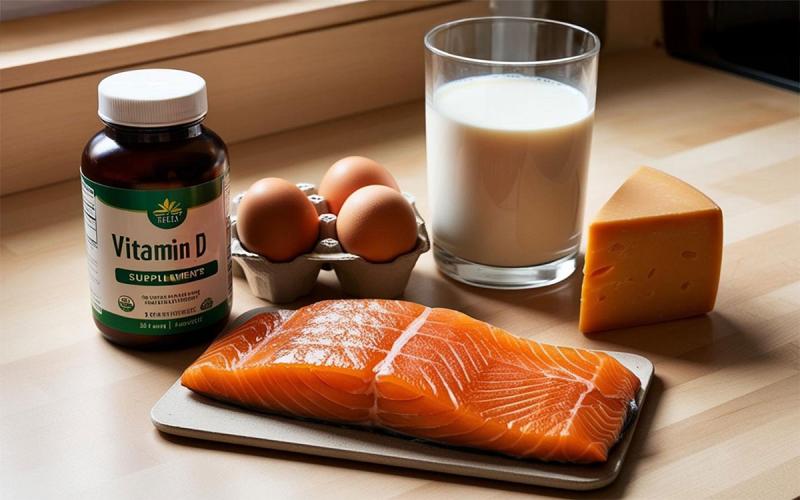Originally written by Anna Tvedt, former SDSU Extension Nutrition Field Specialist.
There are two categories of nutrients: macronutrients and micronutrients. Macronutrients are needed in large amounts, and micronutrients are needed in small amounts. In addition to this, macronutrients provide energy in the form of calories, and micronutrients do not. Macronutrients include carbohydrates, lipids, and proteins. Vitamins and minerals are micronutrients. Water could be considered either one, because it is needed in large amounts (macronutrient), but it does not provide calories (micronutrient). This article will explore lipids.
What are Lipids?

Structure
The elements carbon, hydrogen, and oxygen combine to form lipids, more commonly known as fats and oils. There are several different types of lipids, including triglycerides, phospholipids, and sterols.
Triglycerides
Triglycerides consist of three fatty acids connected to a glycerol backbone. Fatty acids can have different lengths (4 to 24 carbons) and saturation (saturated, monounsaturated, and polyunsaturated). Saturated lipids are typically solid at room temperature. Unsaturated lipids are typically liquid at room temperature. Two fatty acids cannot be made in the body, and are thus essential to consume in the diet. They are alpha-linolenic acid (from omega-3) and linoleic acid (from omega-6). Triglycerides are hydrophobic, meaning they cannot mix with water.
Phospholipids
Phospholipids have a similar structure to triglycerides except one fatty acid is replaced with a phosphate. This allows for phospholipids to mix with water (hydrophilic).
Sterols
Unlike the chains of triglycerides and phospholipids, sterols have a ring-shaped structure.
Dietary Sources

Almost all foods have at least some lipids. Consider the following sources (and please note that this list is not comprehensive):
Triglycerides
About 95% of the lipids eaten and stored in the body are triglycerides. Most triglyceride foods have a mixture of fatty acids.
- Saturated fatty acids: Animal fats (such as meat, poultry, lard, butter, and dairy), coconut oil, and palm oil.
- Unsaturated fatty acids: Plant oils (such as olive oil, sunflower oil, and peanut oil), avocados, nuts, and seeds.
- Essential fatty acids: Cold-water fish (such as salmon, tuna, and sardines), walnuts, flaxseed, canola oil, and soybean oil.
Phospholipids
- Egg yolks, liver, lean meats, fish, shellfish, wheat, and other grains.
Sterols
About one-third of sterols come from the diet and the rest are made in the body.
- Cholesterol from animal foods, including meat, fish, poultry, eggs, and dairy products.
Adequate Amounts
The recommended average intake of total lipids per day is set as a percentage of total calories. It is 30 to 40% for children 1 to 3 years old, 25 to 35% for children 4 to 18 years old, and 20 to 35% for adults. Breaking that down further, the recommendation is 5 to 10% for omega-6 and 0.6 to 1.2% for omega-3 for all ages. For example, a typical adult diet is approximately 2,000 calories per day. Multiplying 2,000 by 25% and 35% equals 500 to 700 calories per day. Since lipids provide nine calories per gram, dividing calories by nine determines grams of lipids: 55 to 77 grams per day. Lower fat intake is recommended for those at risk for heart disease.
Most North Americans get more than enough total dietary lipids. Too much dietary fat often means saturated fat intake is too high, which increases risk for heart disease and stroke. The Dietary Guidelines for Americans recommend no more than 10% of calories per day come from saturated fats. On the other hand, too little total fat increases risk of fat-soluble vitamin deficiency (including vitamins A, D, E, and K).
Infants require fats for proper growth and development, especially for the brain. It is recommended that infants consume 30 to 31 grams of fat per day. Breast milk and infant formulas reflect this need. Whole milk is recommended between ages one and two, because toddlers are still developing and require higher fat intake than adults.
Triglycerides
- Energy: Triglycerides provide 9 calories per gram (as opposed to 4 in carbs and protein). They are the main storage form of energy in the body (fat cells) and are used when no or few calories have recently been consumed. Nearly limitless triglycerides can be stored in fat cells. This is valuable in times of fasting or disease (when weight loss is likely to occur) but can pose risks associated with being overweight or obese.
- Protect and Insulate the Body: Triglycerides make up the insulating layer of fat just below the skin, helping regulate body temperature. Fat around the organs cushion them and prevent organ injury.
- Aid in vitamin absorption and transport: Vitamins A, D, E, and K are fat-soluble, meaning they can only be absorbed and transported with the help of fats.
Essential Fatty Acids
- Fetal and infant: Development and function of the retina (vision) and nervous system (brain, spinal cord, and nerves).
- Many other functions: Including blood pressure regulation, blood clotting, sleep/wake cycles, cell division, kidney function, hormone regulation, and ovulation.
Phospholipids
- Cell membrane component: Phospholipids, fatty acids, and cholesterol combine to form the boundary around cells.
- Emulsifier: Because phospholipids can mix with water, they form a shell around other lipids and allow them to mix with water. An example of this is eggs used to mix oil and water in baking recipes.
Sterols
- Making Compounds: Cholesterol is needed to form hormones, such as testosterone, vitamin D hormone, and cortisone.
- Fat digestion: Cholesterol is used to make bile, which helps to digest fat from the diet.
Sources
- Byrd-Bredbenner, C., & Wardlaw, G. M. (2014). Wardlaw’s perspectives in nutrition: A functional approach. McGraw-Hill.
- U.S. Department of Agriculture and U.S. Department of Health and Human Services. Dietary Guidelines for Americans, 2020-2025. 9th Edition. December 2020.


